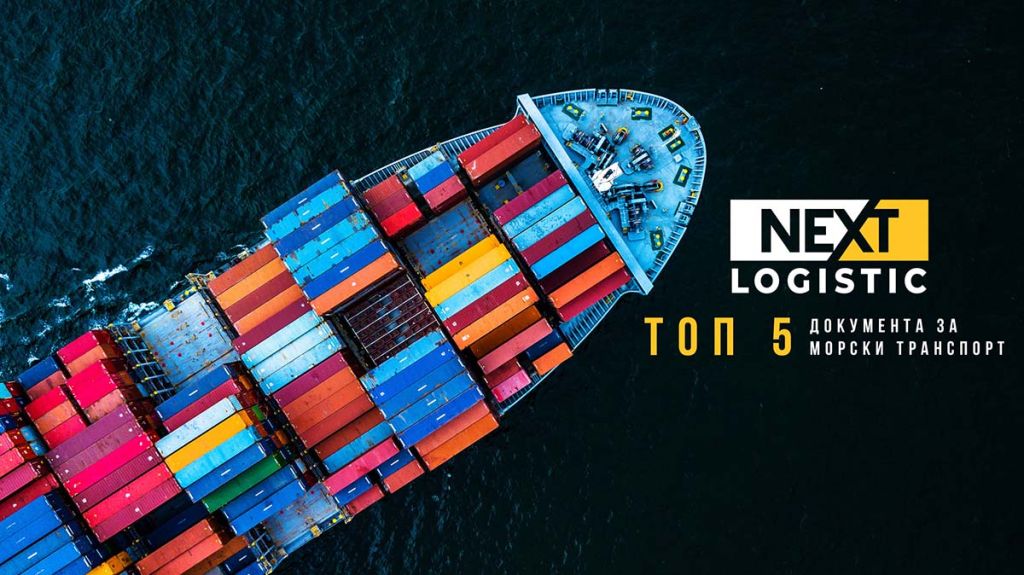Top 5 documents for maritime transport
The maritime freight industry is known for its extensive documentation. Every seemingly minor mistake can cause problems and delays that may seriously disrupt the entire supply chain.
In general, many of these documents contain the same information – buyer, seller, details of the goods, etc. However, each document plays a different role, and it is crucial not only to ensure that the information written on each document is accurate, but also that it is consistent across all documents.
We have made a top 5 list of maritime shipping documents that shippers and consignees of goods should be familiar with and how they differ from each other.
- Bill of Lading (B/L)
The Bill of Lading is the primary international document for sea freight. It is issued by the carrier to confirm receipt of your cargo for transport on board their vessels. The details of the importer and exporter must be clearly stated, as the Bill of Lading also serves as proof of ownership of the goods being transported. - Packing List
Like the Bill of Lading, the Packing List is a mandatory document in maritime shipping. It provides detailed information about the cargo – including weight, volume, and value not only of the total shipment but also of each individual carton. - Commercial Invoice
Every international transaction involving import/export of goods must be accompanied by a Commercial Invoice as proof of sale. While it is similar to a standard invoice, it also includes specific details about the transport of goods for customs clearance purposes and is considered one of the most important shipping documents. - Certificate of Origin
The Certificate of Origin is an important international trade document certifying that the goods in a particular export shipment were wholly obtained, produced, or processed in a specific country. It also serves as a declaration by the exporter. - Letter of Credit (L/C)
A Letter of Credit is a formal, binding payment agreement between buyer and seller. It is considered one of the safest methods of payment. It lists the terms and conditions that must be agreed upon by both parties, and once fulfilled, payment to the seller is made through a bank.
Share
Contact us
Fill out the form to request transportation services.
We will contact you as soon as possible.


